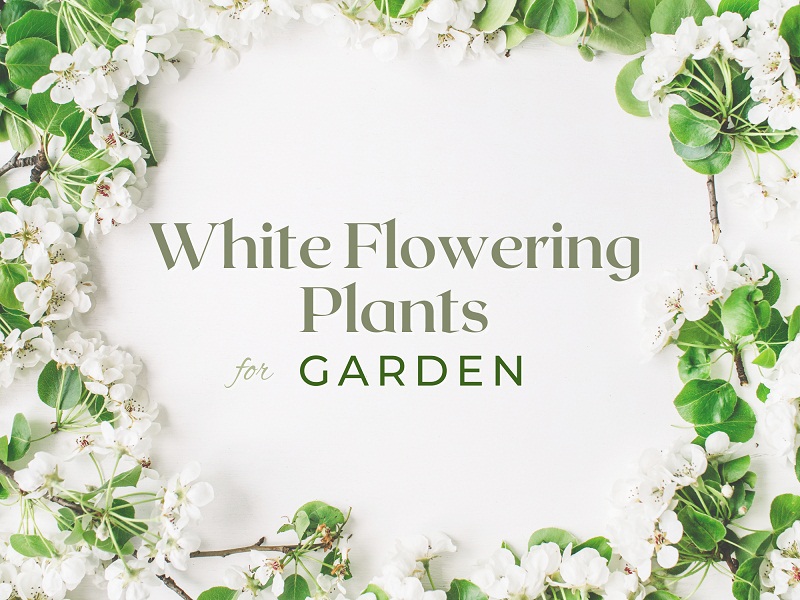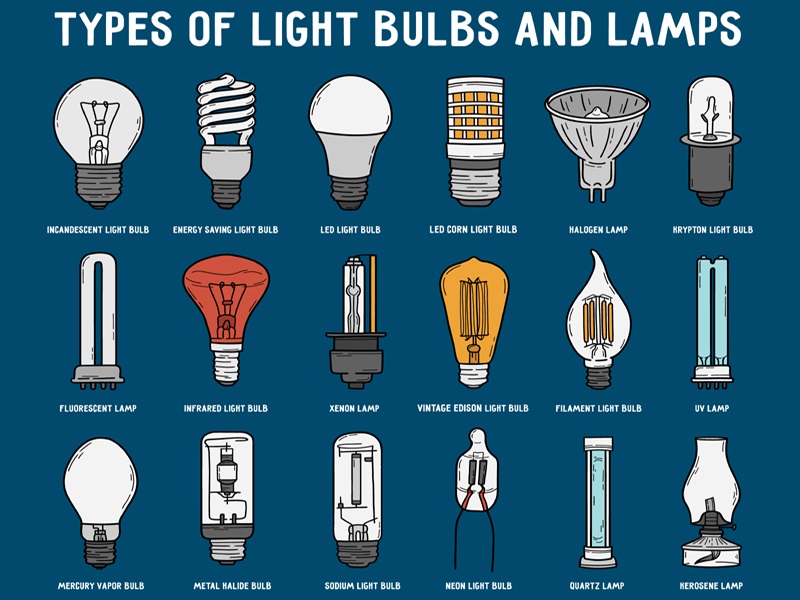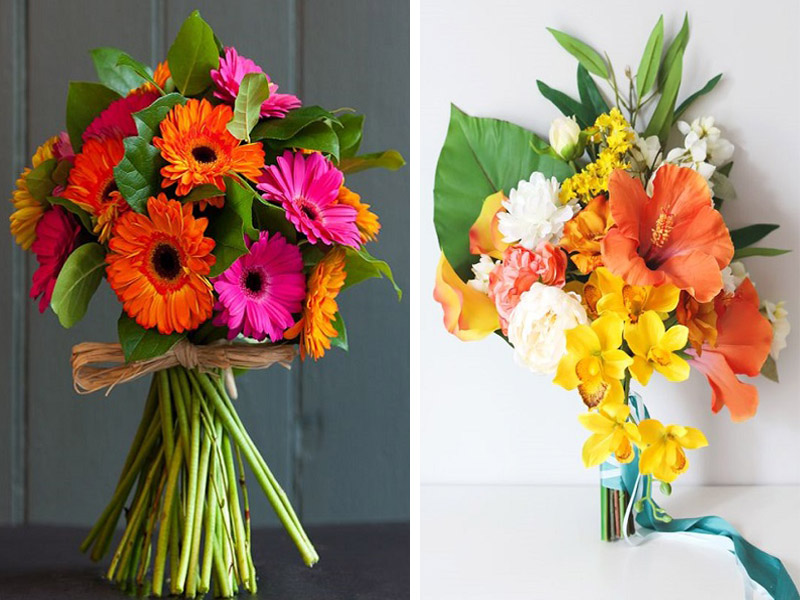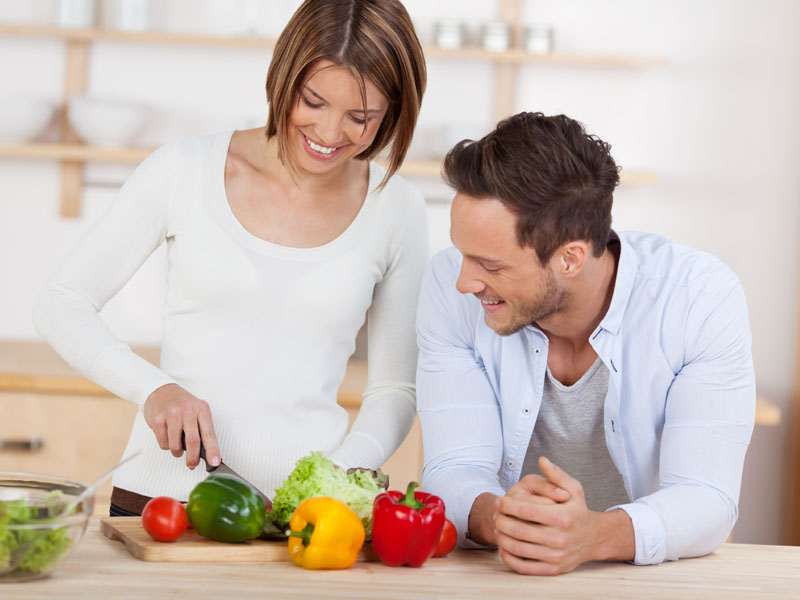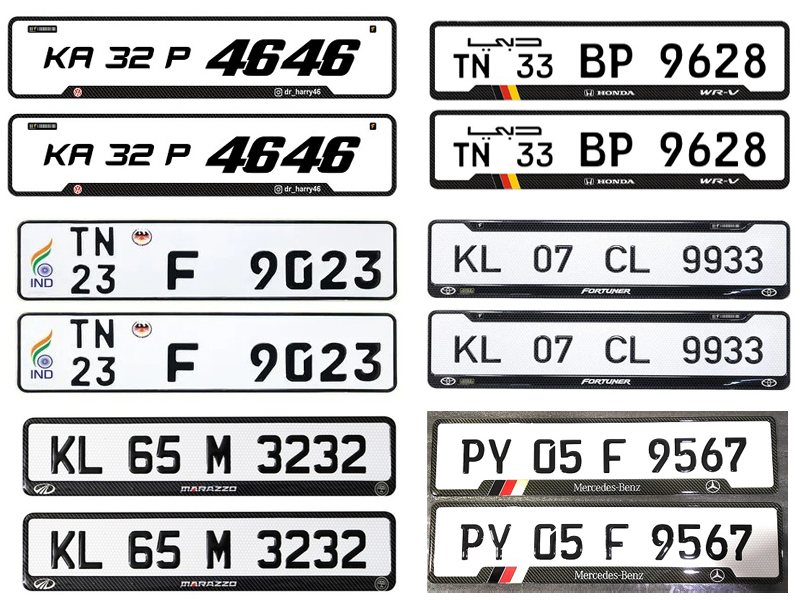There is no better satisfying feeling than growing our food! Agree or not? It’s a great experience to pick fresh vegetables, herbs, leafy greens and even fruits from our garden and enjoy a farm-to-table meal. However, some people find this idea overwhelming and give up even before they start! The truth is that kitchen gardens are very easy to start and require no prior experience at all.
In this article, we shall give you some useful insights on setting up a kitchen garden at home with minimal effort and expenditure.
What is Kitchen Gardening?
A traditional kitchen garden is an exclusive space, typically in the backyard or next to a kitchen to enjoy a steady supply of vegetables, fruits and herbs. In urban areas, where every inch of space is precious, kitchen gardens are set up on terraces, rooftops and balconies using pots and grow bags. Most crop varieties can thrive in these gardens with the right potting mix, soil and weather conditions.
5 Easy to Grow Vegetables in Kitchen Garden:
If you are not an expert gardener, it is ideal to start with vegetables that can easily grow in most conditions. These plants don’t require special care, training or techniques. Good soil preparation and exposure to sunlight with regular watering are all they demand!
Here is a list of 5 best vegetables to grow for beginners:
1. Tomatoes:
They grow fast and produce a good harvest in just 50-60 days. You just sow the seeds in some soil, water them and watch them grow!
2. Radishes:
Growing radishes can be a super fun project for kids. They have a harvest time of 30-35 days, making them ideal for those who look for quick results. The seedlings don’t require transplantation and grow well in deep containers with loose soil.
3. Spinach:
Spinach is a quick-growing crop for kitchen gardens. It thrives well in full and partial sunlight. You can use wide containers with a shallow base and loose draining soil. The harvest time is 35-40 days.
4. Green Peas:
Get access to an unlimited supply of green peas by sowing these seeds in your kitchen garden. The plant has climbing stems that need a trellis to support them. The pods develop after the flowering stage, and the harvest time is 60-70 days.
5. Eggplant:
Eggplant or brinjal grows quickly in warm climates and comes in different varieties. They are ideal for growing in regular pots, and the harvest time is 65-80 days.
See Also: Types of Gardens for Home
10 Best Herbs to Grow in Your Kitchen Gardening:
Adding a dash of fresh herbs can elevate the taste of your dish to a whole new level. These tiny plants grow in small containers with partial sun exposure. Here is a list of herbs you can effortlessly grow in your kitchen garden:
- Thyme
- Basil
- Rosemary
- Coriander
- Oregano
- Parsley
- Chives
- Sage
- Mint
- Tarragon
6 Amazing Tips to Start Kitchen Gardening for Beginners:
The idea of a tiny seed growing into a plant and giving you tasty produce can send you buzzing with excitement. However, the whole process involves a lot of care and attention from you. There are basic aspects you must address before expecting a bumper harvest from your kitchen garden:
1. Proper Sunlight:
Identify the right spot in your house to start a kitchen garden. The place must receive a good amount of sunlight for at least 4-5 hours. Partial shade may work for some plants, but not all! You can use rooftops, balcony space or well-lit windows to put your pots. If you have space constraints, try vertical gardening to grow more in less space.
2. Plant Pots and Containers:
Different types of vegetable plants need different containers to grow well. For example, root vegetables like carrots require deep pots, while herbs can grow even in shallow tubs. It is always a good idea to get slightly bigger-sized pots to avoid root crowding. You can consider plastic pots or grow bags as they retain moisture well. Make sure the base of the pot has enough drainage channels.
3. Soil and Compost:
The quality of soil plays a key role in determining the quality of your produce. Regular garden soil fulfils the nutritional requirements of vegetable plants and must be combined with rich organic matter like compost. Also, adding some cocopeat, river sand or gravel to the soil allows better aeration of the roots. The percentage of soil to other elements depends on the type of plant you choose to grow.
4. Seeds:
Many kitchen gardeners complain that their vegetable seeds aren’t germinating or growing at the expected rate. This is because of the poor quality of the seeds used! You must always buy a certified, pure variety of seeds to get a better germination rate and higher production. Also, open-pollinated heirloom seeds are ideal for local crops and the produce tastes better than the hybrid ones. If you don’t want to spend additional money on buying seeds, save some from your store-bought vegetables. You can dry them for a few days before sowing them again.
5. Watering:
Most vegetable plants end up with stunted growth due to excess or under-watering. They have shallow root systems and require regular watering but cannot withstand flooding. The best time to water them is in the mornings and evenings. You can give these plants an additional splash of water in between the watering cycle in hot summers.
6. Pests and Infections:
The main challenge in a kitchen garden is dealing with pests and fungi! Insects like snails, caterpillars, aphids and moths attack your plants and slow down their growth. An organic pesticide like neem oil spray is the best way to get rid of them without introducing chemicals into the soil or plant. Also, nip off the infected leaves or buds to prevent the problem from spreading to other plants.
See Also: Beautiful Garden Umbrella Models
Don’t you already feel a step closer to your kitchen garden? Before you jump into the idea, analyze the available space, weather conditions and water supply. Buy some good quality pots, potting mix and certified seeds to kickstart your new phase of being an urban farmer!
FAQs:
1. How much space do I need to start a Kitchen Garden?
Ans: Ideally speaking, you don’t need a lot of space to start a kitchen garden. With urbanization, the notion of a kitchen garden has changed a lot. Today, vegetable gardens can be set up on small balconies or front porches of houses too. All you need is a well-lit, airy place to accommodate 10-15 pots at a time (depending on the number of plants).
2. Can I grow enough produce from my kitchen garden to feed a family?
Ans: It depends on how big are you setting up your garden. If you can spare 100-150 sqft of place to hold a lot of plants, then yes, you will have enough produce. In small areas, you can grow maybe one or two varieties like eggplants, tomatoes or green chillies sufficient for 1-2 people.
3. What are the best fertilizers for a kitchen garden?
Ans: Fertilizers correct the nutritional deficiencies in the soil to help it grow well. It depends on what the soil lacks you can choose different ratios of nitrogen, potassium and phosphorus in fertilizers. Also, magnesium deficiencies can be corrected with Epsom salt. So, do a soil test or check for the symptoms in your plant to give it the right fertilizer.






















